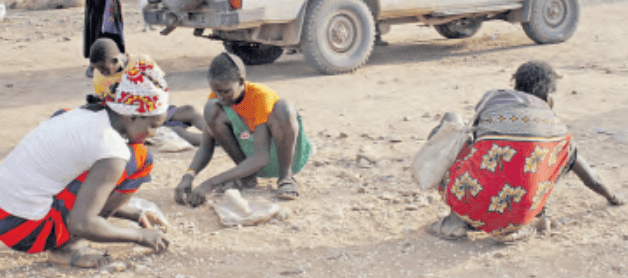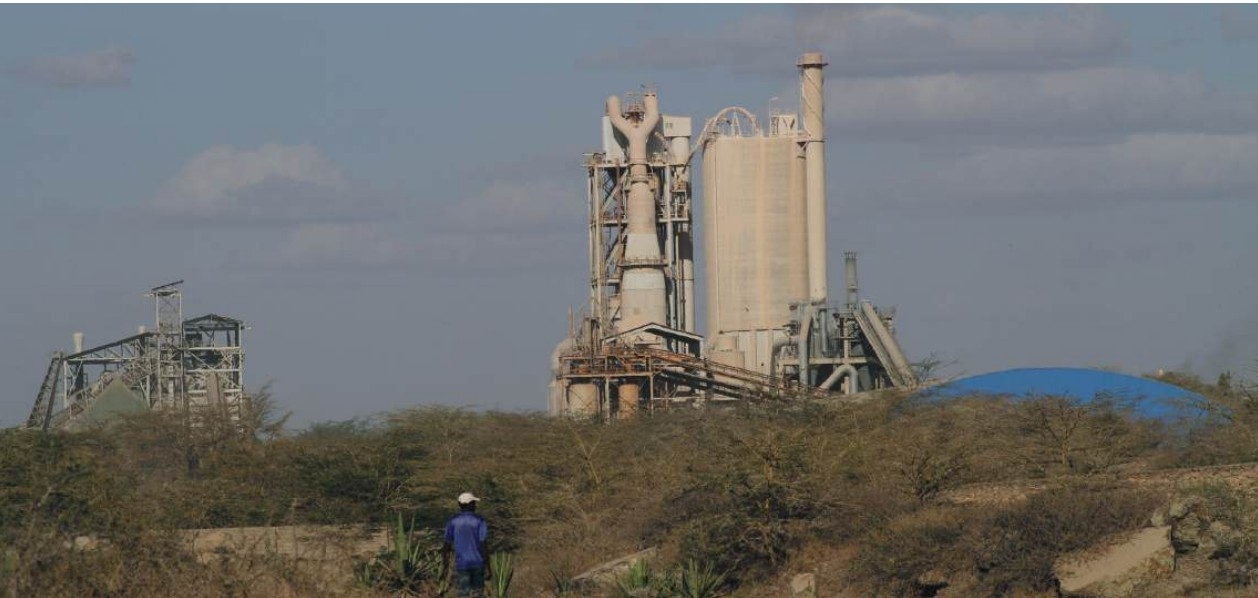The ongoing drought in Kenya is the worst on record, several analyses of weather records show.
However, experts say the situation could improve because the La Niña condition, which partly caused dry weather in Kenya in the last two years, is predicted to weaken from mid-February.
The current La Niña started in 2020 and, combined with other climatic factors, led to the four failed rainy seasons in the region.
The National Oceanic and Atmospheric Administration (NOAA) of the US said there is a 57 per cent chance of La Niña of transition to El Niño-Southern Oscillation (ENSO) neutral conditions in February-April 2023.
ENSO neutral condition means global atmospheric phenomenons like La Niña or El Nino will have little impact on the weather during the February to April period. Local factors and seasonal features are likely to be dominant.
Experts at the Kenya Meteorological Department said it is too early to predict the impact of this development on the March-May season, normally the heaviest rainfall season in Kenya.
According to David Nash, a professor of physical geography at UK’s University of Brighton, the current drought is clearly unprecedented in recent decades.
This is due mainly to the fact that below-average rainfall has fallen in four consecutive seasons.
Prof Nash has analysed weather records from Africa spanning the last 200 years.
He says the worst drought in Kenya was probably one of 1820s-1830s.
In eastern Africa, continuous runs of data are only available from the 1870s onwards.
But in the 1820-1830s European travelers describe prolonged famine, possibly lasting as long as 20 years, affecting areas including Kenya, Tanzania and Uganda.
“Lake levels fell in central Kenya (with Lake Baringo drying up completely),” Nash says in an article published by Conversation.
The drought from 1983 to 1986 – which galvanised global humanitarian efforts and led musicians to jointly release a hit song, “We are the World,” – was also severe.
By the end of 2022, some 4.35 million Kenyans were in dire need of humanitarian assistance.
The latest weather forecast from KMS shows the weather will get drier in January and February before rains come in March.
The forecast was released on December 28 by Kennedy Thiong’o on behalf of the director of the Kenya Meteorological Department.
It advises the relevant authorities to put in place measures to avert any loss of lives and livelihoods.
“The limited pasture and water over the Asal [arid and semi-arid land] areas may lead to resource-based conflicts among the pastoral and farming communities,” part of the forecast said.
It is estimated that 2.5 million livestock has died due to the ongoing drought.
Scores of wildlife have also perished.
The forecast said water availability for both human and livestock needs is expected to decline further, especially over the Asal areas.
Relevant authorities are advised to carry out water trucking to identify the most vulnerable members of the community and provide them with water.
The public is advised to invest in water harvesting practices/techniques to harness the rainwater in areas where occasional rainfall is expected.
The forecast said human-wildlife conflicts may escalate in the Asal areas as wildlife migrates in search of water and pasture.
It advises the relevant authorities to provide fodder and watering points to the wildlife to minimise such incidences.
The dry conditions expected in January may result in reduced water levels in reservoirs, lakes and ponds.
It is also likely to lead to the loss of wetlands and the occurrence of wildfires in forests, parks and reserves.
The public should therefore be alert while putting in place measures to conserve the environment.
The forecast shows that the expected dry conditions in January 2023 may impact negatively the major river catchment areas for the country’s hydroelectric power-generating dams.
Careful reservoir management and continuous monitoring of water level are therefore recommended to ensure a stable power supply.
The forecast said the high temperatures expected during the month of January in most parts of the country may lead to heat stress and heat-related discomforts such as headaches and fatigue.
The public is therefore advised to hydrate appropriately and avoid working in the open, especially in the afternoons.
“Malnutrition-related diseases are likely to increase over the northern sector of the country. Therefore, plans should be put in place to provide food and supplements to the most vulnerable communities,” the forecast said.
According to the National Drought Management Authority, the number of people requiring humanitarian assistance still stood at 4.35 million by end of December, as risks of acute malnutrition continue to be reported in Asal counties.
In these counties, 942,000 cases of children aged 6-59 months and 134,000 cases of pregnant or lactating women acutely malnourished continue to access treatment.
The authority said both National and county governments have spent more than Sh16 billion on drought response.
On the other hand, development partners have together spent more than Sh47 billion.
In December, Save the Children warned that more than 3.5 million children in Kenya will be out of school when schools reopen for the first term in January this year due to the ongoing drought.
















